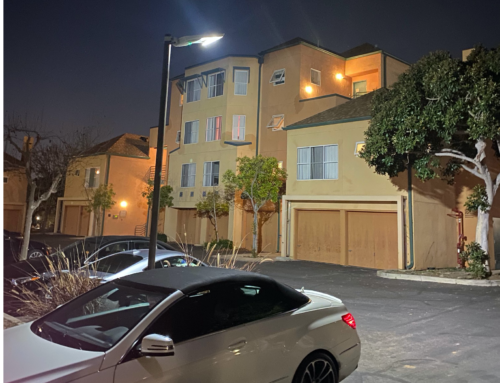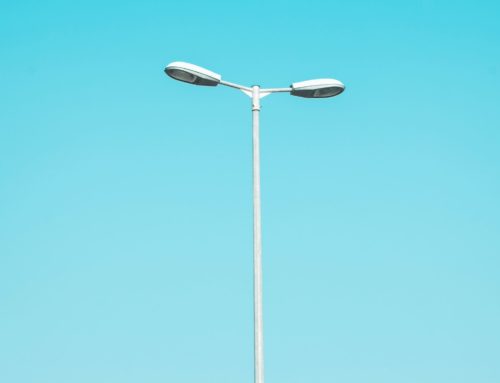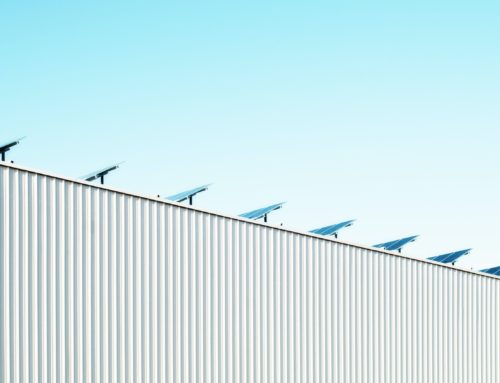Hybrid LED area lights that use both solar and line voltage power, are just now hitting the market. This technology is so new that UL had to create a new lighting category when it certified the Solera Hybrid 365 fixture manufactured by Light Efficient Design. So, what can you expect regarding performance – exactly how ‘hybrid’ are these fixtures?
It is important to understand a few key features of the Solera Hybrid 365. First, the fixture uses an exclusive intelligent control module to determine if/when tapping into the power grid is necessary to provide light all night long. Second, Hybrid 365 incorporates the latest in battery technology which enables charging in temperatures down to -4°F and operating all the way down to -40°F. These capabilities in such extreme temperatures are vast improvements over what was achievable just last year. Finally, the solar panel is highly efficient and fully adjustable to collect optimum amounts of sunlight. The panel has been kept to a manageable size to allow the fixture to be ‘all-in-one’, in other words not requiring remote panels or battery storage.
There are two primary factors that will determine how much line voltage power that a Solera Hybrid 365 fixture might consume: cloud cover and temperature. In order to get real world data, Light Efficient Design commissioned three independent tests performed by a battery consultant to see how the Hybrid 365 would do in Chicago, Boston and Tampa. We then chose 5 other cities across North America and analyzed cloud cover, temperature and KWh cost data.
The following table shows expected energy savings from replacing a line voltage 250W HID fixture with a new Hybrid 365 solar area light. In Boston you would see the biggest annual energy savings at almost $200 per light. While Portland has a significant but lower savings of just under $95 per light, mainly due to pervasive cloud cover throughout parts of the year. In addition to lower energy costs, there would be savings from eliminating the maintenance costs required with HID fixtures, such as the labor and parts for bulb and ballast replacements.

In this next table, we looked at the cloud cover and temperature data in order to calculate the expected percentage of time that Hybrid 365 would be powered by the sun across different seasons. Winter vs. Summer in all locations has the largest variance in performance, for obvious reasons. By installing a Hybrid 365 in Santa Maria, CA; you can expect to be operating off the battery about 83% of the time. Conversely, in Chicago (lucky us here at Light Efficient Design headquarters) where cold and cloudy days are frequent, the Hybrid 365 would operate off the battery less than half the time at 46%.

For more information regarding these tests or our Solera Solar products in general please feel free to reach out to me at jfredrikson@led-llc.com or Sean Flahaven (Solera Product Manager) at sflahaven@led-llc.com.





